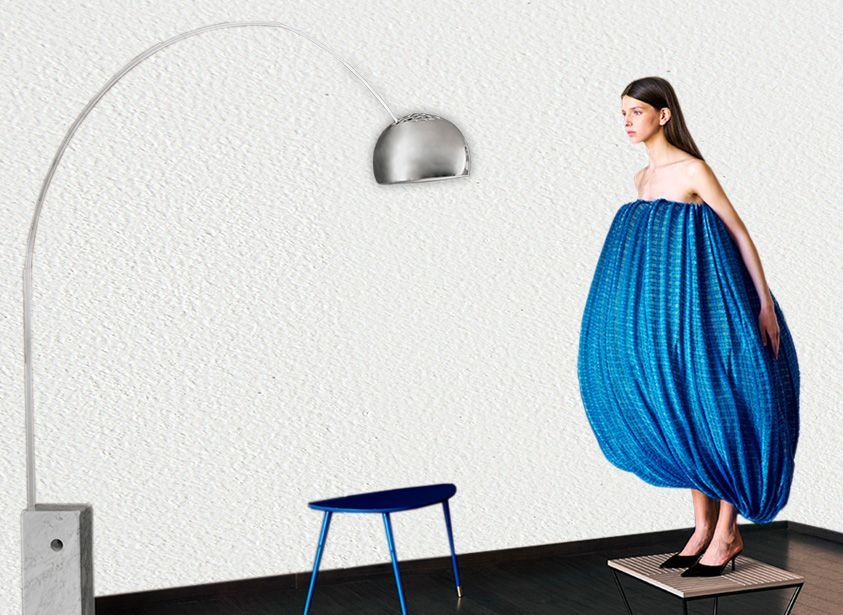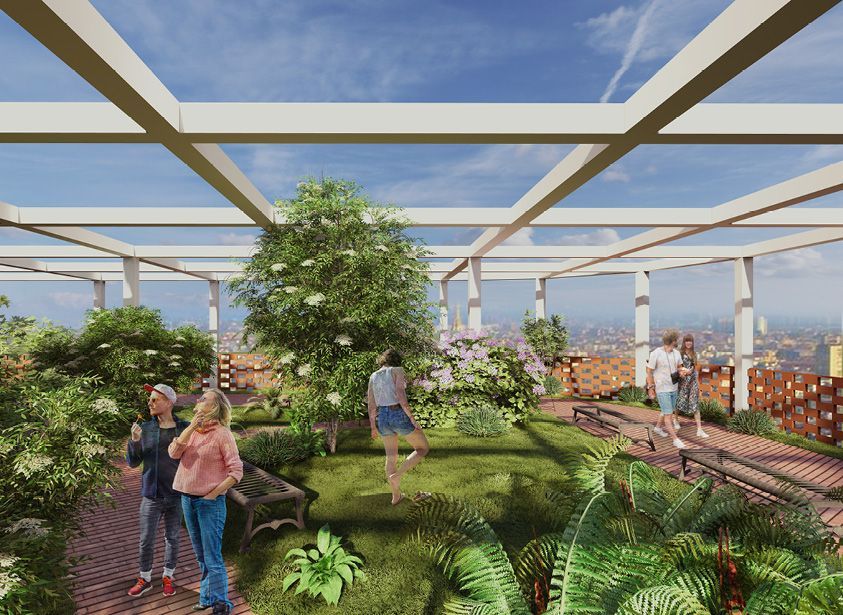Celebrating Life
Envisioning workshop
Andrea Tasayco and Laura Correa designed a new solution for people infected by Covid 19. It consists on the expansion of the existing covered terraces of the Monte Amiata a residential building located in the Gallaratese district and designed by Aldo Rossi. They chose it because the dominant elements of the project are particular balcony, which are the reinterpretation of a typical character of Milan public housing.
This solution creates an extended balcony that allows sick people to be in contact with the exterior while they are recovering. The balcony is surrounded by colored changing glass to communicate events happening inside the building to the exterior. Students created a code based on color psychology theories, considering the different meanings and the influence on our behaviors.

Envisioning workshop
Andrea Tasayco and Laura Correa designed a new solution for people infected by Covid 19. It consists on the expansion of the existing covered terraces of the Monte Amiata a residential building located in the Gallaratese district and designed by Aldo Rossi. They chose it because the dominant elements of the project are particular balcony, which are the reinterpretation of a typical character of Milan public housing.
This solution creates an extended balcony that allows sick people to be in contact with the exterior while they are recovering. The balcony is surrounded by colored changing glass to communicate events happening inside the building to the exterior. Students created a code based on color psychology theories, considering the different meanings and the influence on our behaviors.
Project Leader | Mentor
Project leader: Michele Ignaccolo
Projects advisor: Christia Chamoun
Project assistant: Aoi Hasegawa
Project Authors
Andrea Tasayco
Laura Correa



Using transparent and translucent materials it gives chance to keep in contact by gazes, despite isolation. The space can be adapted to be used after the quarantine period, and become a new space in the existing apartment.
The small existing windows on the facade, is replaced by large and transparent openings. In this way, what happens in the apartments can be seen from outside and the relation between the inhabitants and the city is re-shaped, giving importance to the life events that happen every day behind the walls of the buildings and celebrating the life of the inhabitants by making them visible.
On the other hand, the interior space allows couples to interact during the quarantine and at the same time improves the spatiality of the existing apartment.


















